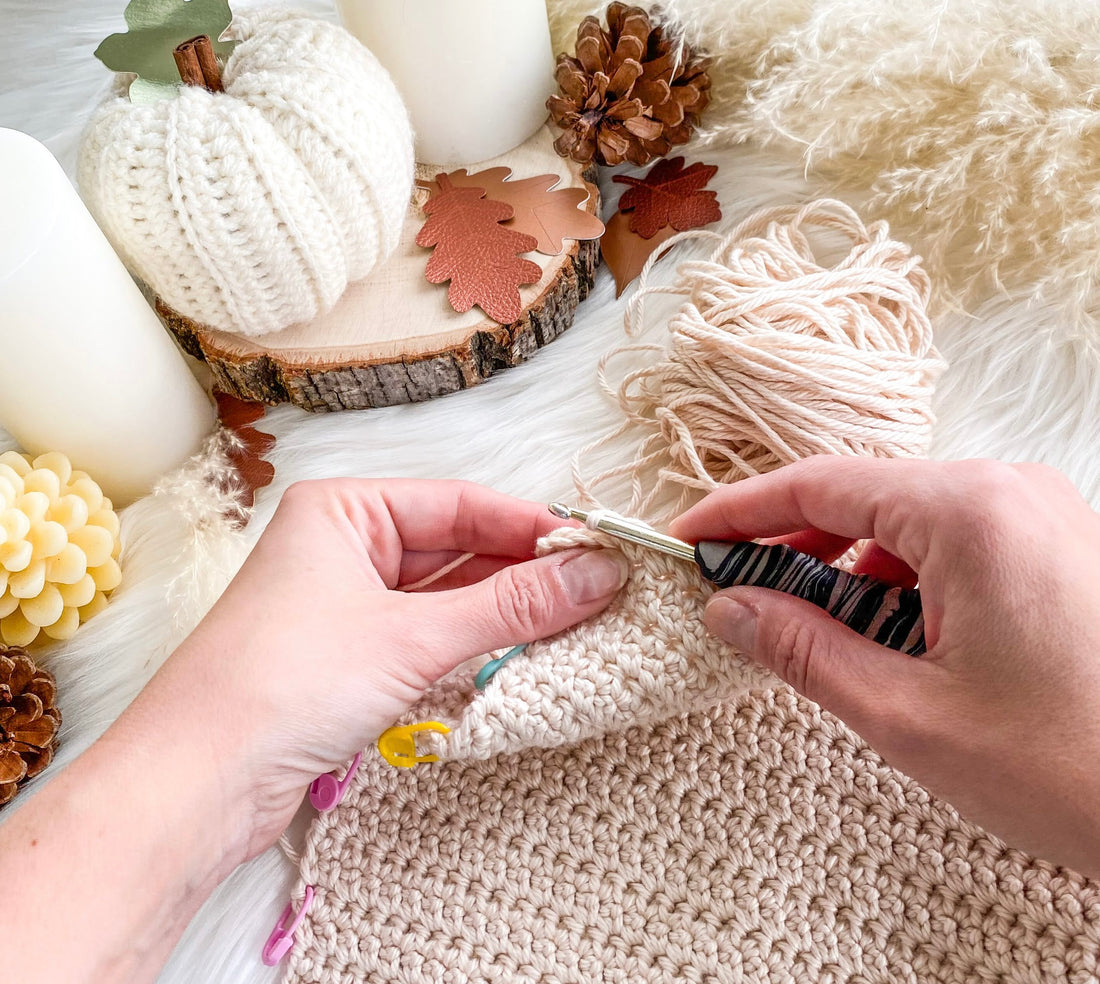The scene: you’re scrolling through social media and see one of your favorite pattern designers has a call out for their next pattern and you think “I wonder if I should apply”.
You’ve crocheted and/or knitted for years, can follow a pattern and now you’re wondering if you should test patterns. I mean, it sounds like fun, you get to see what’s coming out before your neighbor does AND you get to be part of the pattern publishing process…how much more exciting can it be?
But here’s the unspoken truth about pattern testing: it’s a job. There are deadlines, usually a quick turnaround. There are expectations set on you as a designer relies on your attention to detail.
Designers rely on pattern testers to go through the pattern with a fine tooth comb to make sure the measurements are on point, the gauge is correct (although we know as makers that our tension may differ from pattern to pattern), the stitch count is correct, that the instructions are understandable, that the pictures and videos are helpful, that the hyperlinks work. We want to make sure that the garment fits and sits right. Personally, as a designer, I like that my testers use different yarn lines to see what adjustments need to be made to ensure that whichever yarn company you use, the pattern will work (not to be confused with different yarn weights).
Designers need the testers to test the pattern as it is presented. Testers should not be making personal alterations to the pattern to suit their taste. For example, a tester is testing a pattern for a halter top. The tester should not be altering the pattern for it to be two straps just because the tester doesn’t like halter tops.
Pattern testing should be taken seriously. Deadlines should be taken seriously. Each designer has different expectations from their testers, but the consensus in the designer world is that pattern testing should be considered a job and one that’s taken seriously. Designers are needing the testers’ comments and detailed notes (the more the better in my books). I love seeing notes that include how many grams/ounces of yarn that was used, which hooks were used, if a technique was too difficult and needs more instructional pictures. I am extremely disappointed when all I get in the tester notes is “Looks good”, “Good enough”, or “Not enough pictures”.
Pattern testing isn’t just to get a free pattern! Lots of designers (myself included) are invoicing the price of the pattern to testers who commit to testing but don’t finish. Pattern designers are running a business, not a not-for-profit. For a lot of us, pattern writing is our source of income. Therefore before you commit to testing, ensure that you can meet deadlines and have the supplies to finish the test.
Now is it all work and no play? Of course not!
You get to meet other makers from around the world, you do get to expand on your skills, and you do get to be part of an exciting process of pattern publishing. I’ve met some incredible makers who have become friends over the years. I’ve had such pleasure and honor working for designers over the years, I wouldn’t trade the experience for the world.
So before signing up for a pattern test, make sure you:
-like the pattern as it is presented
-can commit to the deadlines given
-have the supplies (yarn, hook, finishing touches such as fabric for lining) to meet the deadlines
-can weigh your yarn to calculate how much yarn was used
-take detailed notes such as stitch count, verification of abbreviations, measurement taking, checking of grammar
-take the required pictures asked by the designer
-post the right pictures at the right times on your social media as agreed with the designer
-are respectful towards the designer and other testers in the group chats
-DO NOT GHOST the designer if the designer doesn’t make the changes you suggest
If these seem like too much, it may not be the time to test patterns. That's ok.
If you can adhere to these, then pattern testing may be for you.
Apply to join my pattern testing team HERE.
This is a general application and you will be e-mailed once are approved and a pattern becomes available to test in the category you apply for. You will need to reply to the email to confirm your availability and commitment to test.

